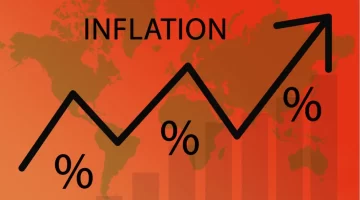
The Investment Expenditure Formula
The investment expenditure formula can help us understand how the amount of money firms spend on capital investments impacts the level of GDP. In fact, it shows the relationship between the investment level and real GDP. Generally, business decisions are forward-looking and are based on anticipated interest rates of return. However, there are some exceptions to this rule. These are outlined below. Using this formula, you can calculate the amount of money that firms plan to invest over a period of time.
Investment spending is the total amount of money that firms spend on capital goods to increase their output. This may include machinery, inputs, infrastructure, and land. When calculating investment expenditure, economists watch changes in private inventories to make sure that demand is lower than supply. This is good news for businesses. The higher the number, the lower the expected growth in output. In other words, investment spending increases when demand is higher than supply. In the U.S., when investment spending fell during the Great Recession, the economy shrank by over $100 billion.
The investment expenditure formula is based on the Gross Domestic Product (GDP). This measure of output is divided into consumption and investment. The government also counts the amount of exports, which is a type of investment. Before learning the investment expenditure formula, you need to know how to calculate GDP, which is the total output of the economy. However, there are many other variables that can affect investment spending. For example, private inventories may include private inventories.
The multiplier for investment spending is 1 / MPC, which stands for the Marginal Propensity to Consume. According to the Bureau of Economic Analysis (BEA), investment spending has declined in seven of the past seven recessions. In four of these recessions, investment spending has fallen before consumer spending, suggesting that it is a better indicator of the strength or weakness of an economy. Investment spending is a very good indicator of the health of the economy.
In contrast to government and export expenditures, unplanned investment in inventory can have positive or negative effects. Whether a firm purchases a large number of trucks to meet a demand or not can affect the investment spending of the firm. The latter is a common case when a company invests more than it expects. The difference between the two types of investments is calculated by using the unplanned inventory investment. If the value of an asset increases in the same period, the investment spending is likely to increase as well.
Another common example is interest rates, which affect the affordability of housing and home sales. Investment spending depends on the return on investment, or ROI, minus the cost of capital. When interest rates are high, the cost of capital is high, limiting the number of projects. However, if interest rates are low, a higher multiplier means a greater increase in investment spending. If the investment expenditure multiplier is high, this is a good indication of the health of the economy.





